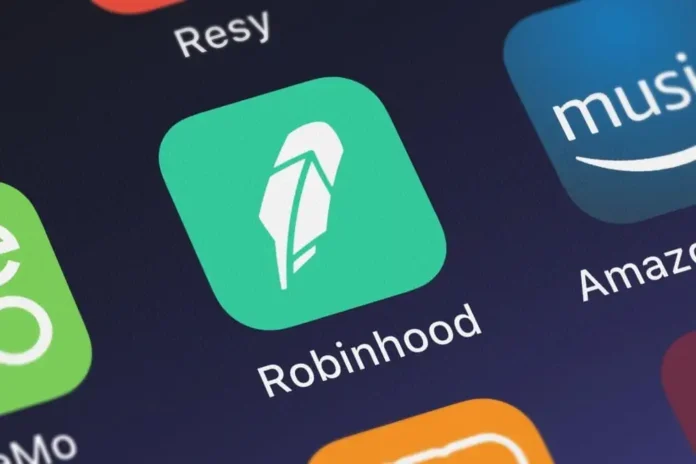Robinhood’s crypto revenue just doubled — and it’s not stopping there. In its Q2 earnings release, the trading platform reported a 100% surge in crypto revenue, up from $38 million in Q1 to $66 million in Q2 2025. And while this rebound mirrors a broader market recovery, CEO Vlad Tenev made clear the firm is preparing for a deeper, more structural shift: tokenization.
The Numbers: Q2 Snapshot
- Crypto transaction revenue: $66 million, up 100% QoQ
- Total net revenues: $618 million, up 28% YoY
- Monthly active users: Down slightly to 10.6 million
- Assets under custody: $150 billion, an all-time high
Crypto may only account for a slice of the pie, but it’s becoming a high-growth vertical again — and Robinhood is positioning itself accordingly.
From Trading App to Tokenization Hub?
Beyond the earnings, the real story lies in the long-term strategy. During the call, Tenev emphasized that Robinhood is preparing to embrace tokenization of financial assets, including equities and ETFs. He stated:
“We believe the future of finance is on-chain.”
That’s a bold statement from a company best known for gamified stock trading. It signals a pivot toward building rails for tokenized real-world assets (RWAs) — one of the most promising and competitive frontiers in fintech today.
Why It Matters
1. Crypto Is Back on the Menu
Retail appetite is clearly returning, and Robinhood’s crypto trading volumes reflect that. With Spot Bitcoin ETFs approved and ETH-based financial products expanding, the company is riding the wave — and benefiting from a cleaner regulatory narrative than in years past.
2. Tokenization = Infrastructure Play
Rather than just offering access to tokens, Robinhood wants to create the ecosystem for tokenized securities — a move that could eventually position it alongside players like BlackRock, Securitize, and Franklin Templeton.
3. Global expansion is heating up
Robinhood also noted plans to grow its international crypto offering, including wallet integrations and broader access to DeFi features — suggesting it wants to play offense, not just defense, in the post-FTX landscape.
What Could Derail It?
- Regulatory uncertainty still looms large, particularly around how tokenized equities are classified and traded in the U.S.
- User retention is a concern: while assets under custody grew, monthly users declined slightly — a signal that Robinhood still struggles with engagement in a competitive app landscape.
- Execution risk is real. Building tokenization infrastructure requires technical, legal, and operational muscle far beyond simple UI features.
The Bottom Line
Robinhood isn’t just capitalizing on crypto’s comeback — it’s quietly setting the stage for a deeper role in the future of finance. Whether it becomes a true player in tokenized securities or just another app with coins depends on execution — but for now, the vision is bold and the numbers are pointing in the right direction.
Wall Street went digital. Robinhood wants to put it on-chain.



